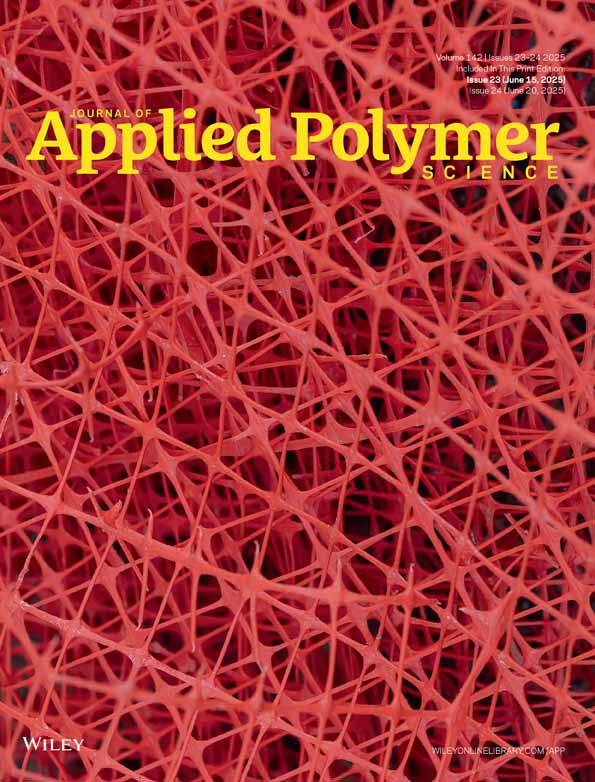Modulating Membrane Performance by Optimizing Coagulation Temperature and Dipping Time
Funding: This work was supported by Princess Nourah Bint Abdulrahman University, PNURSP2025R398, Higher Education Commision, Pakistan, RTTG-160/R&ID/HEC/2024.
ABSTRACT
Mixed-matrix membranes (MMMs) comprising polysulfone (PSF) and molybdenum sulfide (MoS2) were prepared to assess the effects of precipitation temperature and dipping time on water desalination and carbon capture performance. MoS2 nanoparticles were impregnated into the polysulfone matrix to enhance the separation efficacy of the fabricated composite membranes. FTIR analysis revealed the presence of key functional groups indicating changes that took place in molecular interactions and polymer crystallinity with varying temperatures. Optimal separation performance is achieved at 10°C of coagulating liquid, thus balancing CO2 permeability with CO2/N2 selectivity, while higher temperatures reduce selectivity. For the membrane prepared with a 40 s dipping time demonstrates the highest CO2/N2 selectivity and CO2 permeability are demonstrated. Longer dipping times generally increase permeability but decrease selectivity due to the formation of thicker, less uniform permselective layers. Thermal stability analysis shows that the membrane precipitated at 50°C exhibits the highest stability, whereas the membrane precipitated at 0°C is the least stable. Porosity trends indicate an increase with both temperature (32.53%–60%) and longer dipping times, with 60°C achieving the highest porosity. Performance metrics reveal that the membrane precipitated at 0°C has the highest salt rejection but the lowest water flux, with increased temperature and longer dipping times leading to higher water flux and lower salt rejection.
Conflicts of Interest
The authors declare no conflicts of interest.
Open Research
Data Availability Statement
The authors have nothing to report.




